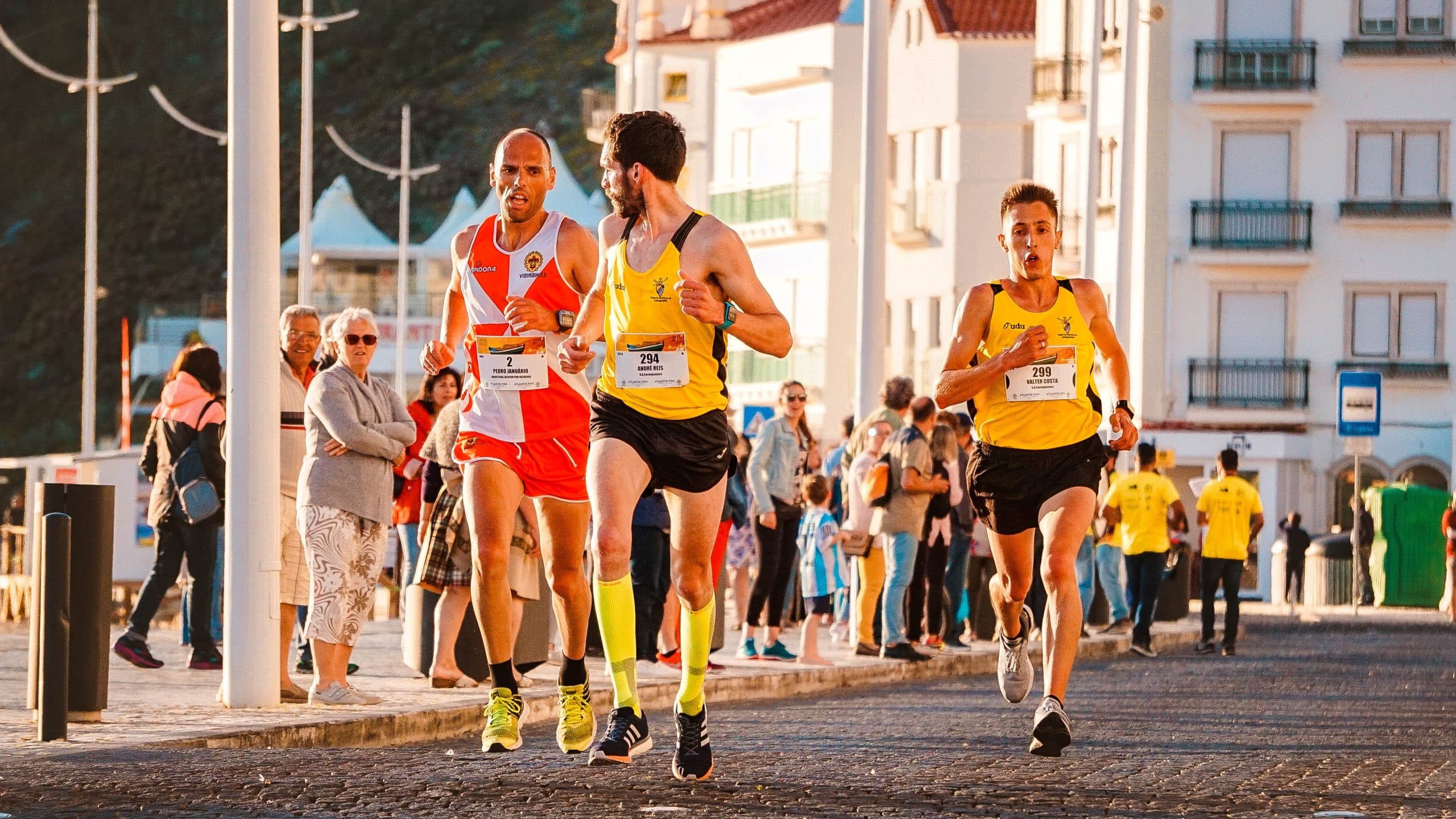How do sports influence urban planning and the design of public spaces?

You may not typically associate sports with urban planning or design of public spaces. However, the connection is more significant than you might think. The interplay between sports, public space use, and urban development is a fascinating and complex subject. This relationship is continually evolving as cities change and grow, and as our understanding of public space utility improves. We are going to explore how sports influence urban planning and the design of public spaces, drawing from a wide range of data and scholarly resources.
The Role of Sports in Urban Spaces
The role of sports in urban spaces is multi-layered. On the surface level, sports provide recreational opportunities for people living in the city. They serve as a catalyst for physical activity, promoting health and wellness. But beyond that, they play a significant role in shaping the social dynamics of a community.
Topic to read : How can artificial intelligence be used to personalize training regimens in elite sports?
In many communities, sports facilities, whether it’s a basketball court in a local park or a community center with a gym, serve as social hubs. These spaces facilitate social interactions, community cohesion, and provide a neutral ground where different social groups can interact and bond. According to studies indexed in Google Scholar and Crossref, sports facilities in urban areas positively influence social interactions among diverse groups of people.
Moreover, sports activities in public spaces contribute to the vibrancy of urban life. Watching a local football game in the park, for instance, can be as much a social event as it is a sporting one. These spaces become arenas not just for sporting activities, but also for social gatherings and communal celebrations.
Additional reading : What Strategies Can Improve Reaction Times in Competitive eSports Players?
Sports and Urban Planning
How does sport factor into urban planning then? Given its significant role in community dynamics, sport is increasingly viewed as a critical aspect to consider in urban planning.
Sports spaces are crucial in the planning and design of cities. Planners consider not only the quantity of these spaces, but also their quality, accessibility, and how well they can cater to the diverse needs of the community. According to data from several urban planning studies, there is a strong correlation between the availability of quality sports facilities and the level of physical activity in the community.
Urban planners also consider sports in city planning from a socio-economic perspective. Sports facilities, particularly large-scale ones like stadiums, can act as catalysts for urban regeneration. They can spur economic development, provide employment opportunities, and enhance the city’s profile. However, this approach needs careful planning to ensure the benefits are distributed equitably among the community members.
Designing Public Spaces for Sports
The design of public spaces for sports is a delicate balancing act. It requires careful consideration of the space’s function, its accessibility, and how it fits within the broader urban fabric.
When designing public sports spaces, one of the key considerations is ensuring that the space can accommodate a variety of sports and physical activities. This requires a flexible design approach that considers not just the current needs of the community, but also potential future uses. For instance, a public park can be designed with a network of paths that can accommodate joggers, cyclists, and pedestrians, along with spaces for games like football or basketball.
Another crucial aspect is accessibility. Public sports spaces should be easily accessible to all community members, regardless of age, ability, or socio-economic status. This includes considerations of the space’s physical accessibility, as well as its perceived safety and welcoming nature.
The Impact of Sports on Public Spaces
The impact of sports on public spaces is profound and multifaceted. They bring life and energy to urban areas, fostering a sense of community and promoting physical activity.
When people engage in sports activities in public spaces, it enhances their connection to the place. It turns these spaces into communal hubs where people can interact, play, and form relationships. This perception of public spaces as communal and engaging hubs can significantly influence how people view and value their city.
Moreover, sports in public spaces contribute to the urban landscape’s vibrancy and dynamism. They animate the city, making it more appealing and enjoyable for residents and visitors alike.
It’s also worth noting the impact of sports on the physical design of public spaces. Sports facilities, from small neighbourhood parks to large stadiums, shape the urban form. They can influence patterns of development, transportation networks, and the overall visual aesthetics of the city.
The Future of Sports in Urban Spaces
Looking to the future, the role of sports in urban spaces is set to continue evolving. As we understand more about the benefits of sports for physical and mental health, as well as community cohesion, we can expect urban planners to place even more emphasis on incorporating sports facilities into city design.
There’s a growing recognition of the need for multifunctional urban spaces, ones that can adapt to the diverse needs of the community. This will likely result in more flexible, adaptable public sports spaces, capable of accommodating a range of activities.
Furthermore, with advancements in technology and data collection, our understanding of how people use and interact with urban sports spaces will improve. This data will inform the planning and design of public spaces, ensuring they are responsive to the community’s needs and aspirations.
In conclusion, sports play an integral role in shaping our cities and public spaces. They enrich urban life, promote health and wellbeing, and foster community cohesion. As such, they are a crucial consideration in urban planning and public space design.
Incorporating Sports in Urban Design
Incorporating sports in urban design has become an essential aspect of modern urban planning. Sports spaces, large or small, contribute significantly to the overall urban landscape. They are not just recreational spaces but also promote physical activity, enhance social interaction, and contribute to the visual aesthetics of the city.
Urban designers need to consider several factors while incorporating sports into urban spaces. The type of sports activity that a space can accommodate determines its design. For instance, a football field requires a large, open space, while a basketball court can be accommodated in a smaller area. The design should also consider the potential users’ age, ability, and socio-economic status, ensuring that it’s inclusive and accessible.
Use of technology in urban design, such as data from Google Scholar and Crossref Google, can help understand how people use these spaces and their preferences. It can provide insights into the types of sports people prefer, the times of day they are most active, and other usage patterns. This data can guide the design process, ensuring that sports spaces cater to the community’s needs and preferences.
The design should also consider how sports spaces will fit into the broader urban fabric. They should be well-integrated with the surrounding area, enhancing the city’s visual appeal rather than disrupting it. They should also be easily accessible, with good connectivity to public transportation and other amenities.
Conclusion: The Interplay of Sports and Urban Spaces
The interplay of sports and urban spaces is a fascinating and ever-evolving area of study. Sports, as we’ve seen, have a profound influence on urban planning and the design of public spaces. They play a multifaceted role in our urban lives, promoting physical activity, fostering social interaction, and contributing to the visual appeal of our cities.
Incorporating sports spaces into urban design requires careful planning and consideration. Urban designers and planners need to understand the community’s needs and preferences, ensure inclusivity and accessibility, and integrate these spaces into the broader urban fabric.
In the future, as our understanding of this interplay deepens, we can expect to see even more emphasis on sports in urban planning. Advances in technology and data collection will further enhance our ability to design sports spaces that truly serve the community’s needs.
In conclusion, sports play an integral role in shaping our cities and public spaces. They enrich urban life, promote health and wellbeing, and foster community cohesion. As such, they are a crucial consideration in urban planning and public space design.
